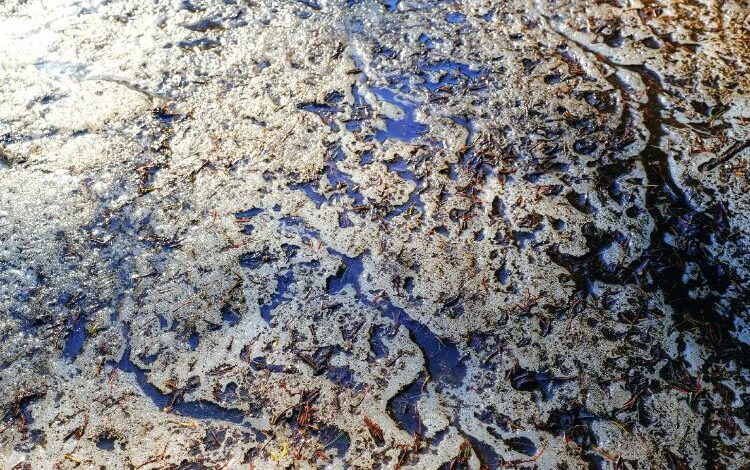Permafrost virus: how dangerous are they?
Climate change “raises questions about the potential” of permafrost viruses
– The idea that “zombie viruses” can emerge from the frozen (no longer) terrain of Siberia or another Arctic region and unleash epidemics is the focus of books, films and TV series. There is no lack of studies that test this hypothesis by bringing back to life viruses collected in the Arctic and monitoring their ability to infect unicellular or amoeba organisms. But what is really the risk posed by permafrost virus? What would happen if, instead of in the laboratory, these viruses woke up in their environment, but tens of thousands of years later? What are the risks to ecosystems and, in cascade, to humans?
A study by the European Commission’s Joint Research Centre tries to answer these questions with an innovative approach. The team of researchers led by Giovanni Strona used computer simulations to predict possible interactions between permafrost viruses and the communities of microorganisms with which they could come into contact at the time of thaw. It is the first study that tries to test these hypotheses concretely and to calculate their ecological risk.
If, so far, the subject has been more worthy of the field of fiction, conditions are changing today. “The unprecedented melting rates of glaciers and permafrost are now offering many types of dormant microorganisms in ice concrete opportunities to re-emerge, bringing to the fore questions about their potential”, write the authors in opening of their study, published on PLOS Computational Biology.
How dangerous are permafrost virus?
The short answer to the question of whether there is a danger posed by permafrost viruses is “yes”. But the details are essential to put this danger in the most suitable frame.
JRC scientists came to this conclusion after setting up two different simulations. In one, a community of microorganisms is struggling with a digital twin of a “zombie” pathogen, while in the second (the control community) the virus is absent. The experiments simulate the evolution of the community and allow you to monitor how many and what changes take place within it.
The result? Viruses from permafrost “could often survive”, although for not too long periods of time. It is not taken for granted that viruses can adapt quickly enough in an environment, in an ecosystem that has evolved without them for 40-50 thousand years or more. The longer they can survive, the better their chances of adaptation increase. This is the part of the simulation that the JRC team focused on.
In some cases, in fact, the “zombie viruses” “have become exceptionally dominant in the invaded community”. The percentage is not high but is relevant: 3.1% of cases. What is the effect, though? In the vast majority of cases, even if they manage to survive long, the old-new “invading” viruses do not lead to disruptions in the population of microorganisms that is attacked by them. But not in all cases.
“In a few highly unpredictable cases (1.1%), the invaders caused substantial losses (up to -32%) or gains (up to +12%) in the total wealth of species“, conclude the authors of the study. What does it mean? Impact, when it exists and is sensitive, is not always “negative” or apocalyptic. There is the possibility that pathogens reduce and greatly host communities, as well as the possibility that they react, triggering a process of co-evolution with viruses. And thus increasing their inherent biological diversity. However, it is impossible to have a more precise estimate: according to the authors it is impossible to predict how and when a virus will become prevalent.
All this applies to microorganisms, but it does not say much about the risk to human health. “While our work focuses on the ecological implications of invasions at the scale of the microbial community, ancient pathogens are also a potential threat to human health, both as direct agents of disease and as potential sources of new risks zoonotic, a very relevant topic in the light of the recent pandemic of COVID-19“, note the authors. To quantify the risk to humans, the method used in this study may be a valuable support: “The occurrence of similar events is inherently unpredictable, but modelling structures like ours can offer a unique opportunity to improve risk assessment by formally quantifying the chances of ancient invaders thriving in modern communities”.






